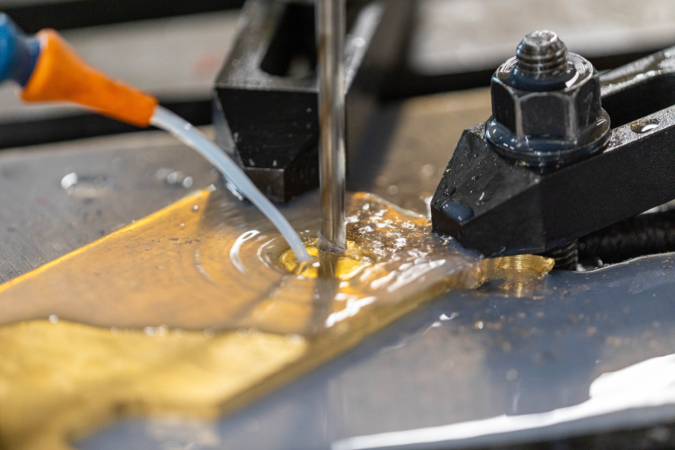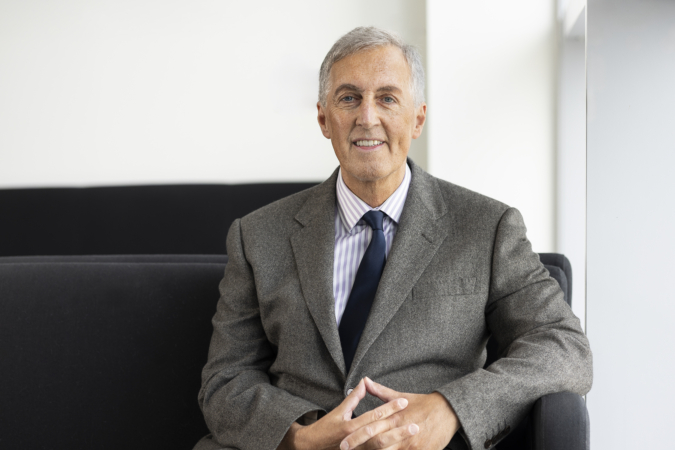Insights into the AWE Research Facilities
AWE has played a crucial role in the UK Government’s nuclear defence strategy, working to support our nation’s security for over 70 years. As part of this role, we conduct, and support, cutting edge research in many disciplines that impact our mission. Our technical research and expertise heavily depends on collaborations with academic partners, government, and industry. These partnerships facilitate knowledge sharing, promote best practices, and foster future relationships at AWE.
Our state-of-the-art research facilities help us stay at the forefront of nuclear technology and innovation and are some of the most technically advanced in the world. Our expertise lies in science, mathematics and engineering with a wide range of applications such as plasma physics, modelling and simulations and materials science.
Plasma Physics
Our Orion laser facility is the biggest experimental facility for high-energy density physics in the UK. The powerful laser beams replicate conditions found at the centre of the Sun, helping scientists understand plasma physics at extreme pressures and temperatures. Since this replicates the conditions at the centre of a nuclear explosion, the research is invaluable to our scientists, who use computing modelling to the performance and safety of the nuclear deterrent. Over 15% of Orion’s system time is dedicated to experiments with academic partners, making it a useful tool for external research into a range of phenomena from nuclear fusion in stars to supersonic plasma interactions found between binary stars.
High Performance Computing (HPC)
Our computer scientists use HPC facilities across a diverse range of scientific and engineering applications. Damson is our latest supercomputer and is one of the most advanced in the world, with the ability to perform 4.3 million billion calculations each second. This level of computing power enables us to meet the high demands for running complex scientific simulations and three-dimensional modelling required for certifying nuclear warheads.
Hydrodynamics
Hydrodynamic experiments are crucial in providing confidence in the safety and performance of nuclear warheads, as they simulate how warheads behave under explosive compression. We have several world-class facilities dedicated to hydrodynamic research. These help conduct complex experiments on devices that closely resemble warheads, while also performing simplified, focused experiments to gain a more fundamental understanding of specific aspects of hydrodynamics. A significant number of these make use of technologies such as shock tubes, gas guns and pulsed power in place of explosives.
Our world-class facilities and collaborations help drive our mission forward of safeguarding our national security and advancing nuclear technology through research and innovation. Research is integral to our work at AWE, and we will continue to invest in our facilities now, and into the future, to not only enhance the performance and safety of nuclear technology, but also drive advancements in a wide range of scientific, technological and engineering applications.



